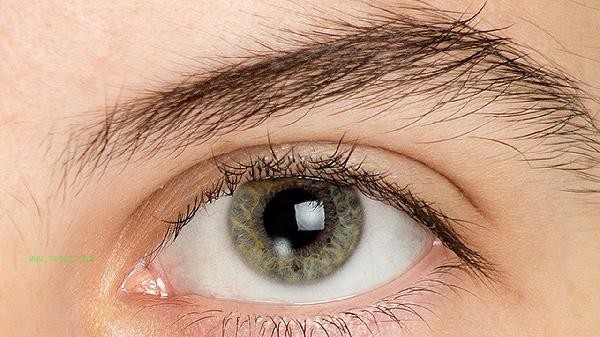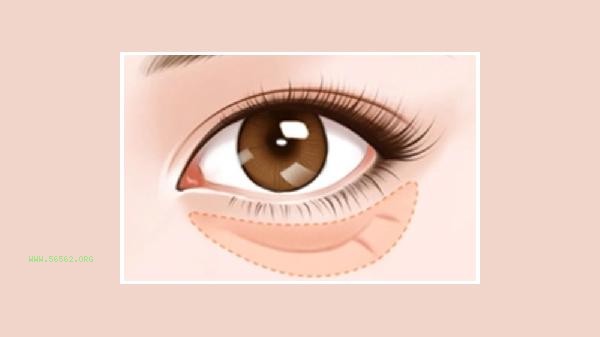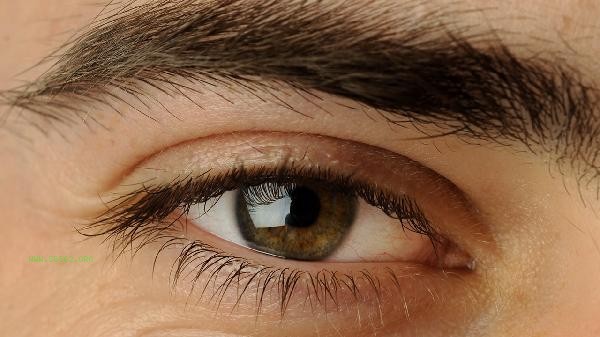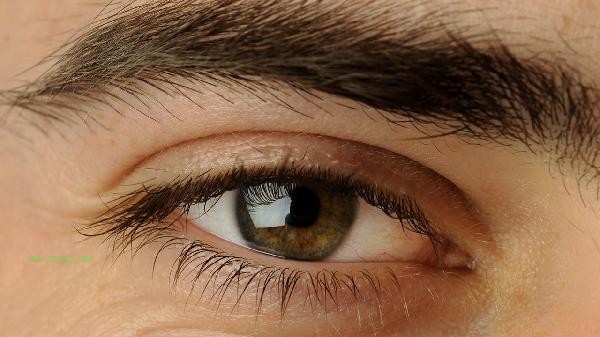Adapalene and tretinoin are commonly used drugs for treating acne, but there are differences in their composition, mechanism of action, and applicable population. Adapalene belongs to the third generation of retinoids and has low irritability; Retinoic acid is a first generation drug that works quickly but may cause dryness and peeling of the skin. The specific differences mainly include differences in ingredients, strength of action, tolerance performance, applicable acne types, and drug interactions.
1. Composition difference
Adapalene is chemically called adapalene gel, which is a synthetic naphthoic acid derivative and plays a role by selectively binding to retinoic acid receptors. Retinoic acid, also known as all trans retinoic acid, is a natural metabolite of vitamin A that directly acts on the nuclear receptors of keratinocytes. The difference in molecular structure between the two leads to differences in pharmacokinetics, with adapalene having less skin irritation.
2. Strength of action
Retinoic acid can rapidly promote epidermal cell renewal, with significant effects visible after about 4-8 weeks, but may trigger reactions such as erythema and desquamation. Adapalene has a relatively slow onset of action and requires continuous use for 8-12 weeks. Its anti-inflammatory effect is superior to retinoic acid, and its effect on papular pustular acne is more significant. Clinical data shows that adapalene is several times more effective in reducing acne bacilli than tretinoin.
3. Tolerance Performance
During the initial use of tretinoin, about 60% of users may experience dry and burning skin, which needs to be relieved with moisturizing products. The probability of Adapalene causing skin irritation is about 30%, making it suitable for people with sensitive skin. Both need to establish tolerance, and it is recommended to use them every other day in the initial stage to avoid simultaneous use with irritating ingredients such as benzoyl peroxide.
4. Suitable for acne types
Retinoic acid is more suitable for non inflammatory acne such as blackheads and can effectively clear hair follicle ducts. Adapalene has a better effect on inflammatory acne and can significantly inhibit leukocyte chemotaxis. Patients with mixed acne can use it alternately in the morning and evening, but it is necessary to avoid ingredient interactions with an interval of at least 30 minutes.
5. Drug Interactions
The combination of tretinoin and tetracycline antibiotics may increase photosensitivity, while the combination of adapalene and erythromycin can enhance antibacterial efficacy. Both should be stored away from light and strictly protected from sunlight during use. Vitamin A acid is contraindicated during pregnancy, and although the teratogenic risk of adapalene is not clear, it is still recommended for pregnant women to use with caution.
During the use of retinoids, it is advisable to avoid using exfoliating cleaning products. After cleansing, wait for the skin to completely dry before applying the medication. In the initial stage of treatment, there may be a temporary worsening phenomenon, but after 4 weeks of continuous use, it will gradually improve. Daily adherence to a low glycemic index diet and zinc supplementation can help control acne recurrence. If severe peeling or persistent burning occurs, it should be stopped in a timely manner and a dermatologist should be consulted to adjust the plan.








Comments (0)
Leave a Comment
No comments yet
Be the first to share your thoughts!